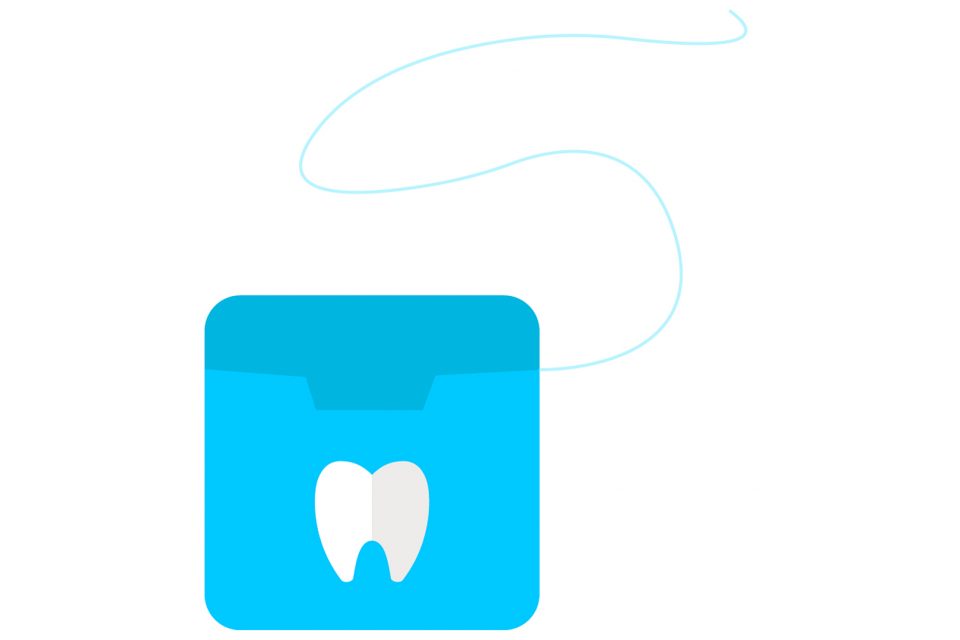Every once in a while, someone will say, “There must be a lot less cavities today than there were years ago because of improved home care, fluoride, etc., right?” Maybe in general, but there is still way too much decay. Poor diet and home care are the two most common culprits leading to decay. Dentists have seen a significant increase in decay during COVID. When and what you eat and drink is important. Improvement in home care means changing what is being done now, and requires discipline.
Yesterday, I went into one of my hygienist’s rooms to check her patient, a 13-year-old boy, and asked the hygienist how his home care was, because his gums were bright red. She said to me, “Jack, why don’t you tell the doctor how often you told me you brush your teeth.” The boy answered, “About once a week.” ONCE A WEEK?!?! Add the fact that he is in braces, which makes it even more important to keep the teeth clean.
It’s important sometimes to step back and review the basics, so here they are. At a minimum, you should brush with a fluoride toothpaste at least twice a day for two minutes. A good electric toothbrush is preferable to a manual toothbrush. When I say “good”, I mean one that sits on a charger, and not one that takes AA batteries. There are two major brands out there. I prefer the one that starts with an “O”.
It amazes me how many people don’t floss their teeth. I have heard every excuse in the book; “My fingers are too big”, “I don’t have the time”, “It’s too hard”, “My dog ate the floss”. Just like anything else, it is always hard to start a new ritual. There are so many different kinds of floss and gadgets to help floss that there is something out there for everyone. And if you can’t seem to make it work, use a water pik; it works better than floss anyway.
Bacteria, which accumulates on and between the teeth, forms that white film called plaque. Plaque contains billions of colonized bacteria. The right kind of bacteria, along with the wrong king of diet and the wrong genetics can produce cavities. Plaque that is not removed with thorough daily brushing and flossing can harden and turn into calculus (tartar). These colonized bacteria can then lead to tissue inflammation (gingivitis), the early stage of periodontal (gum) disease.
Brushing your teeth helps get rid of most of the plaque, except for the stuff that accumulates between the teeth. That is what floss and the water pik are for. I know it sounds gross but if you want to know what your breath smells like, floss a few teeth and then smell the floss. That should turn you into an avid flosser.
The routine should be, floss (water pik), brush, rinse. The whole event should be around five minutes. Believe me, you have five minutes. Cleaning between the teeth first allows the fluoride from the toothpaste to contact a cleaner tooth surface between the teeth. I prefer a non-alcohol-based rinse, as alcohol is drying and creates a better environment for bacteria to thrive.
If you do choose floss, technique is important. Proper flossing is not popping the floss between the teeth and shooting it right back up. The proper way to floss is to get the floss between the contact of the teeth, slide the floss gently under the gum tissue around one tooth, “shoe-shine” the side of the tooth, gently move the floss over the papilla (the little piece of gum between the teeth), “shoe-shine“ the side of the other tooth and then bring the floss up. At your next dental visit, ask your hygienist to evaluate your flossing skills to make sure you are doing it correctly.
You have the 5 minutes twice a day.
Dr. St. Clair maintains a private dental practice in Rowley and Newburyport dedicated to health-centered family dentistry. He has a special interest in treating snoring, sleep apnea and TMJ problems. If there are certain topics you would like to see written about or questions you have, please email them to him at jpstclair@stclairdmd.com




